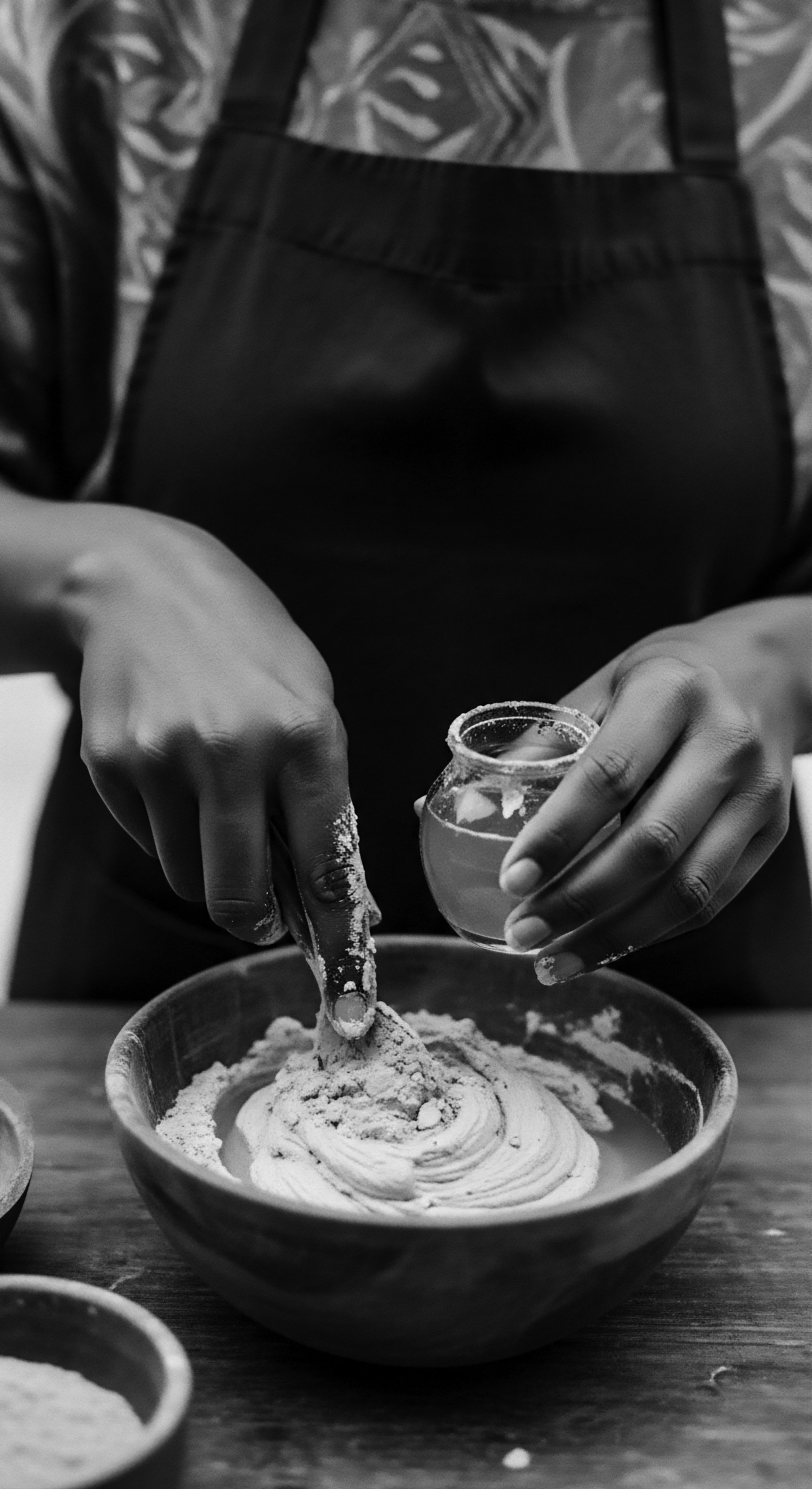
How did ancient protective styling honor heritage?
Ancient protective styling deeply honored heritage by intertwining practical hair care with rich cultural, social, and spiritual meanings.

Can ancient styling techniques protect textured hair?
Ancient styling techniques, rooted in heritage, actively shield textured hair by minimizing manipulation and sealing in moisture.
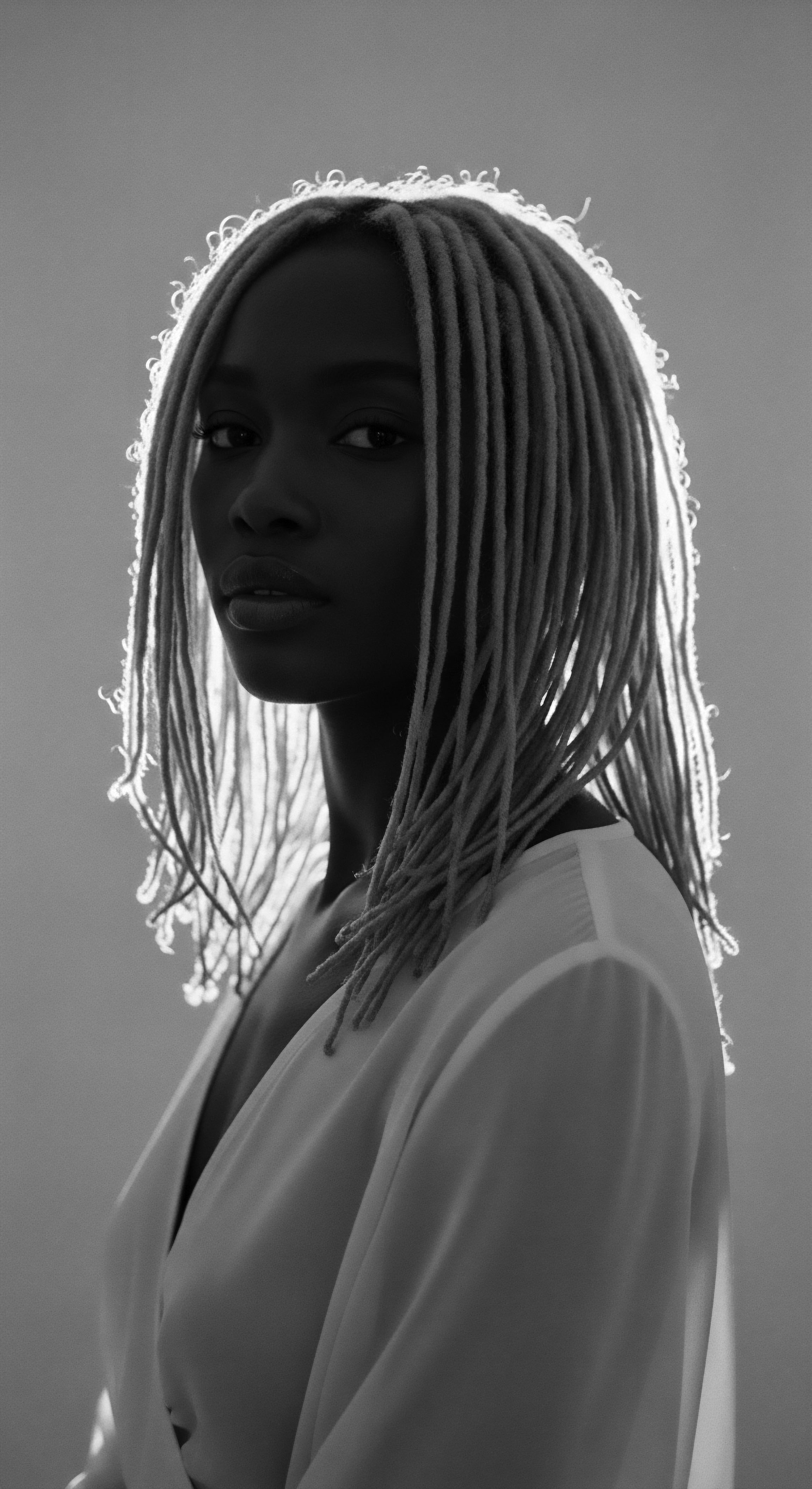
Did ancient societies recognize diverse textured hair types?
Ancient societies discerned diverse hair textures, evident in specialized tools, unique styling rituals, and hair's profound cultural role.
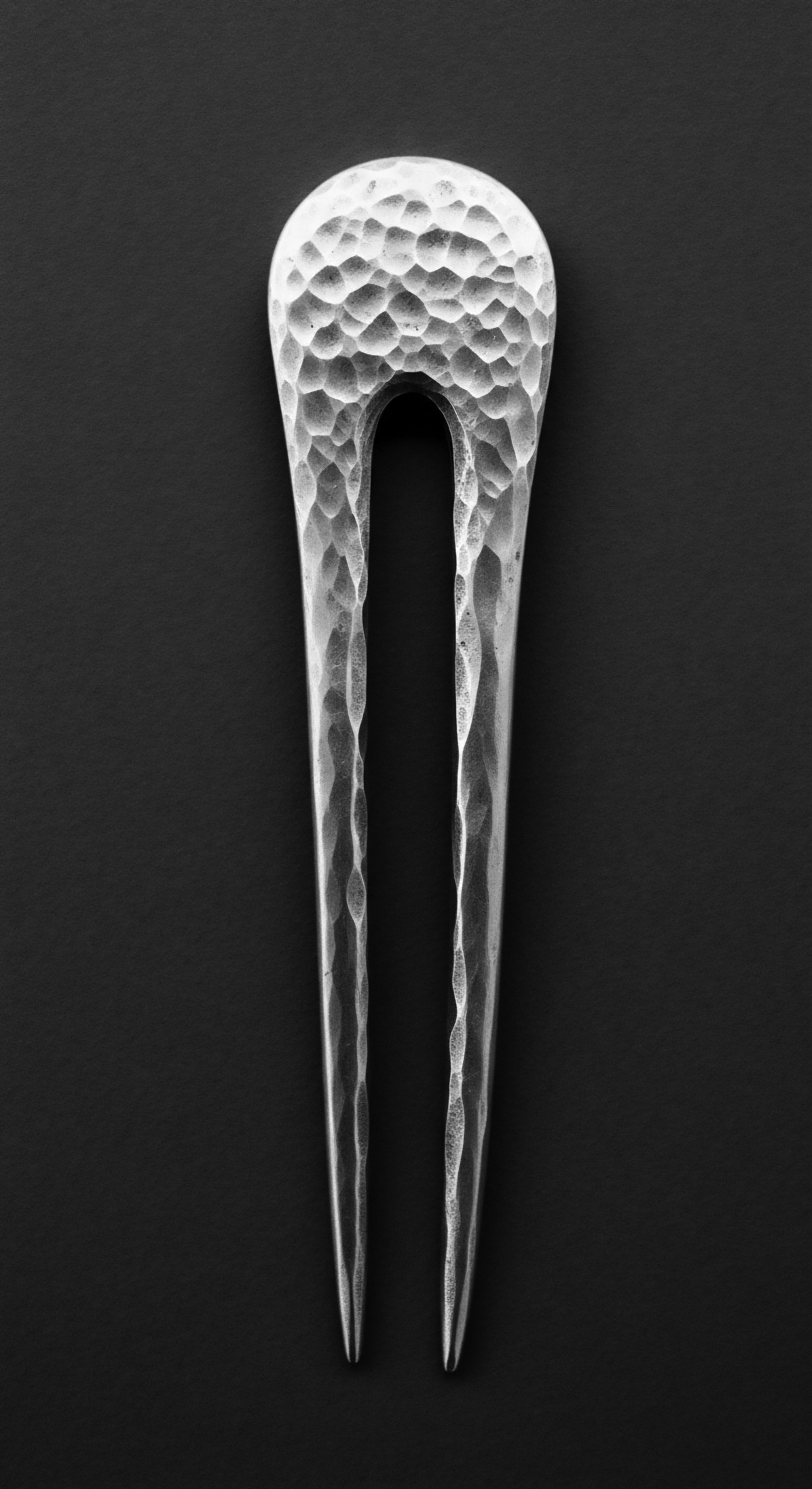
What is the enduring cultural impact of ancient hair practices on contemporary textured hair identity?
Ancient hair practices profoundly shape contemporary textured hair identity, reflecting inherited wisdom in care and cultural expression.
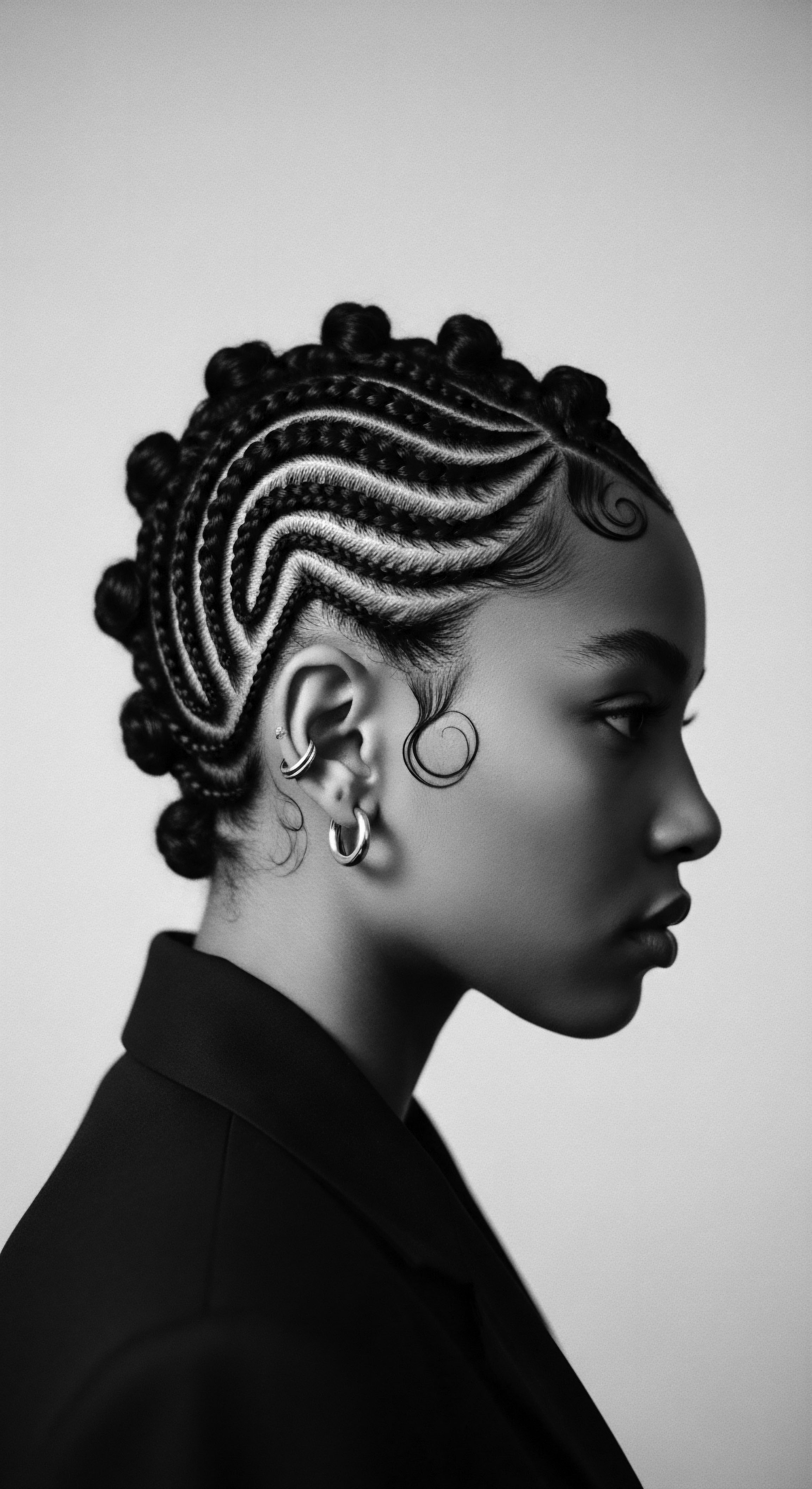
How do ancient hair care practices align with modern scientific understanding?
Ancient hair practices, rooted in textured hair heritage, align with modern science by demonstrating effective strategies for protection, moisture, and strength.
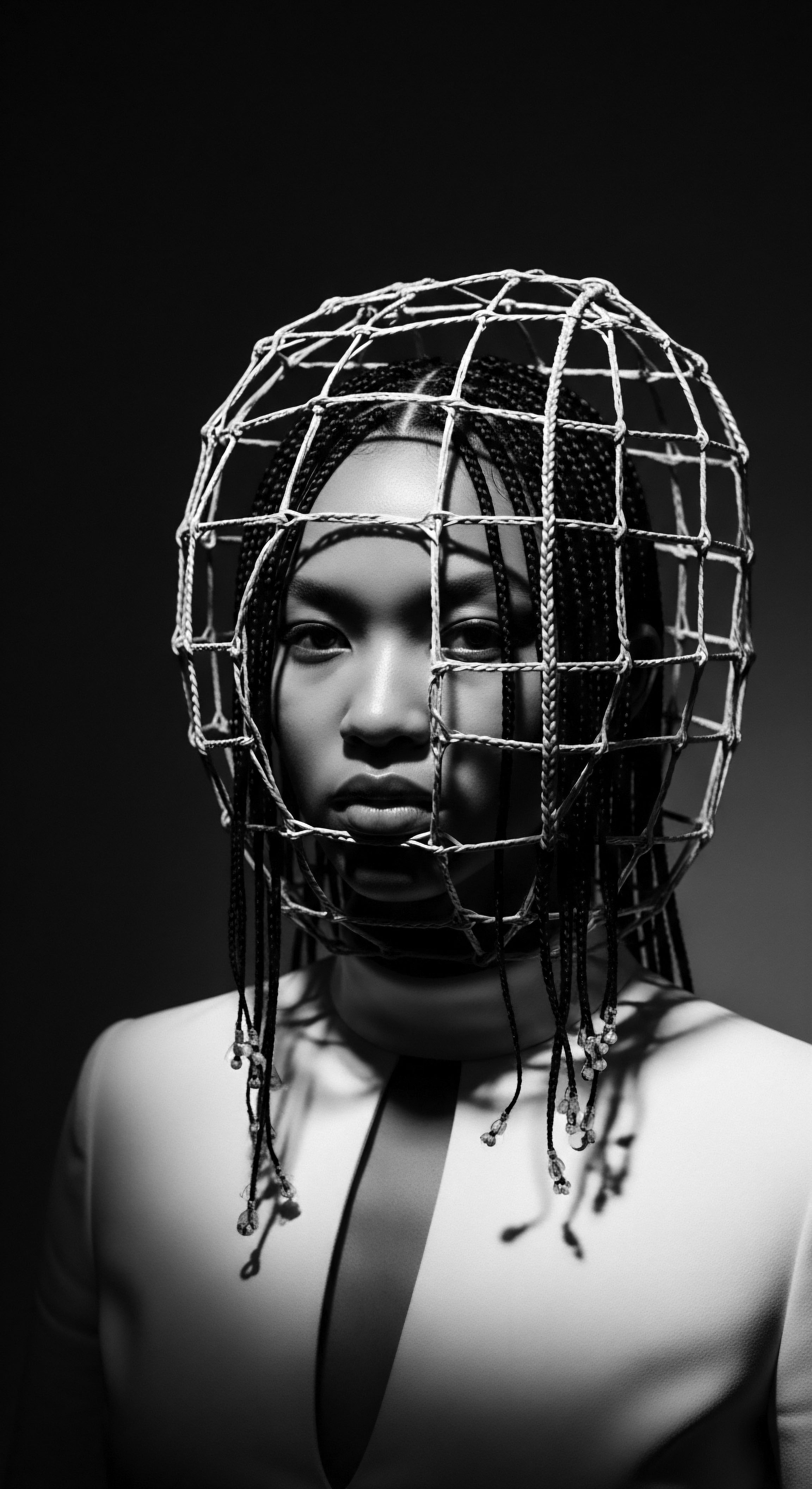
How do ancient oils protect hair?
Ancient oils protected textured hair by creating moisture-retaining barriers and nourishing the scalp, a practice rooted in ancestral heritage.
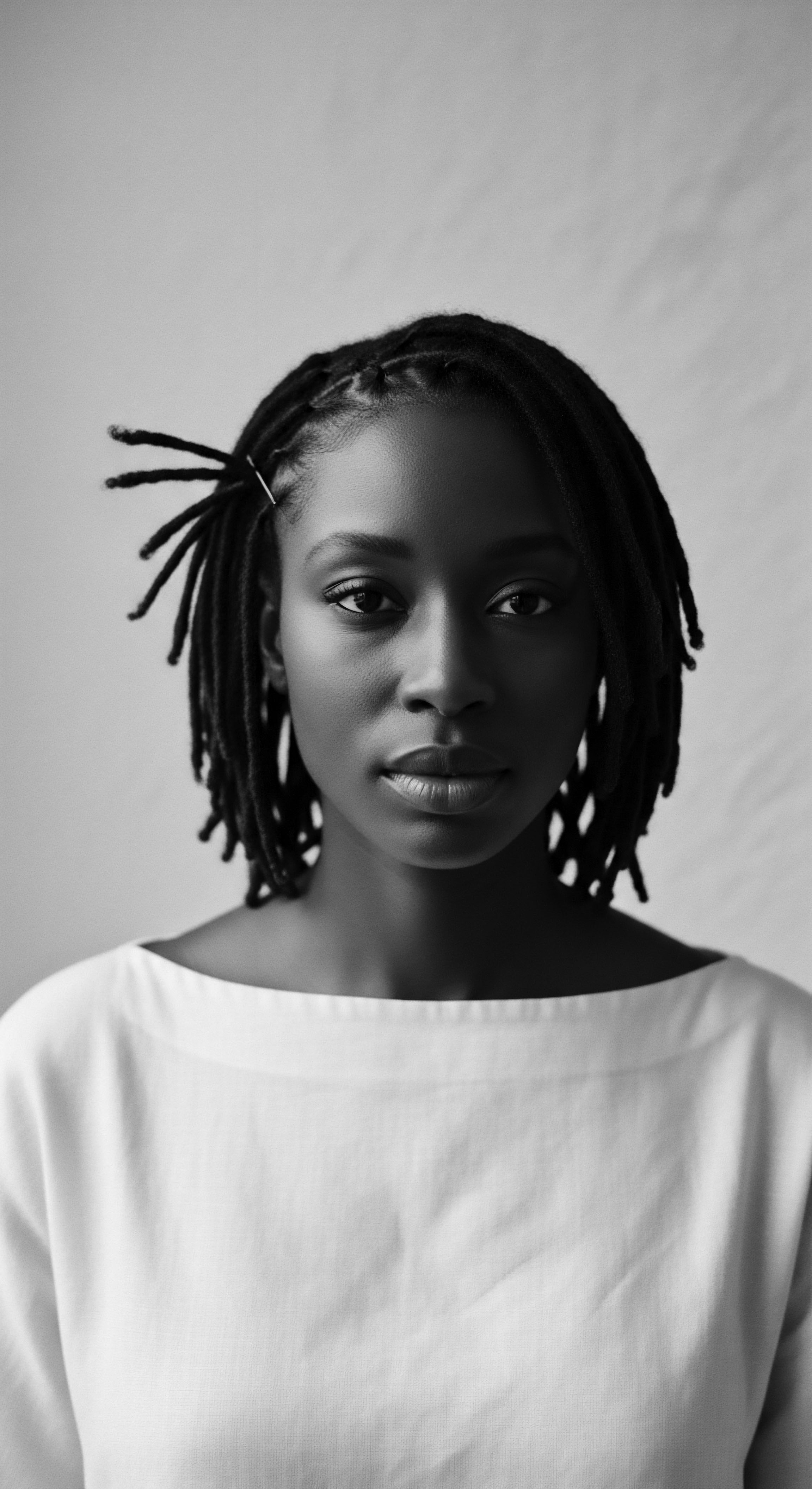
How did ancient plant applications shape identity?
Ancient plant applications shaped textured hair identity by providing natural tools for care, styling, and cultural expression across generations.
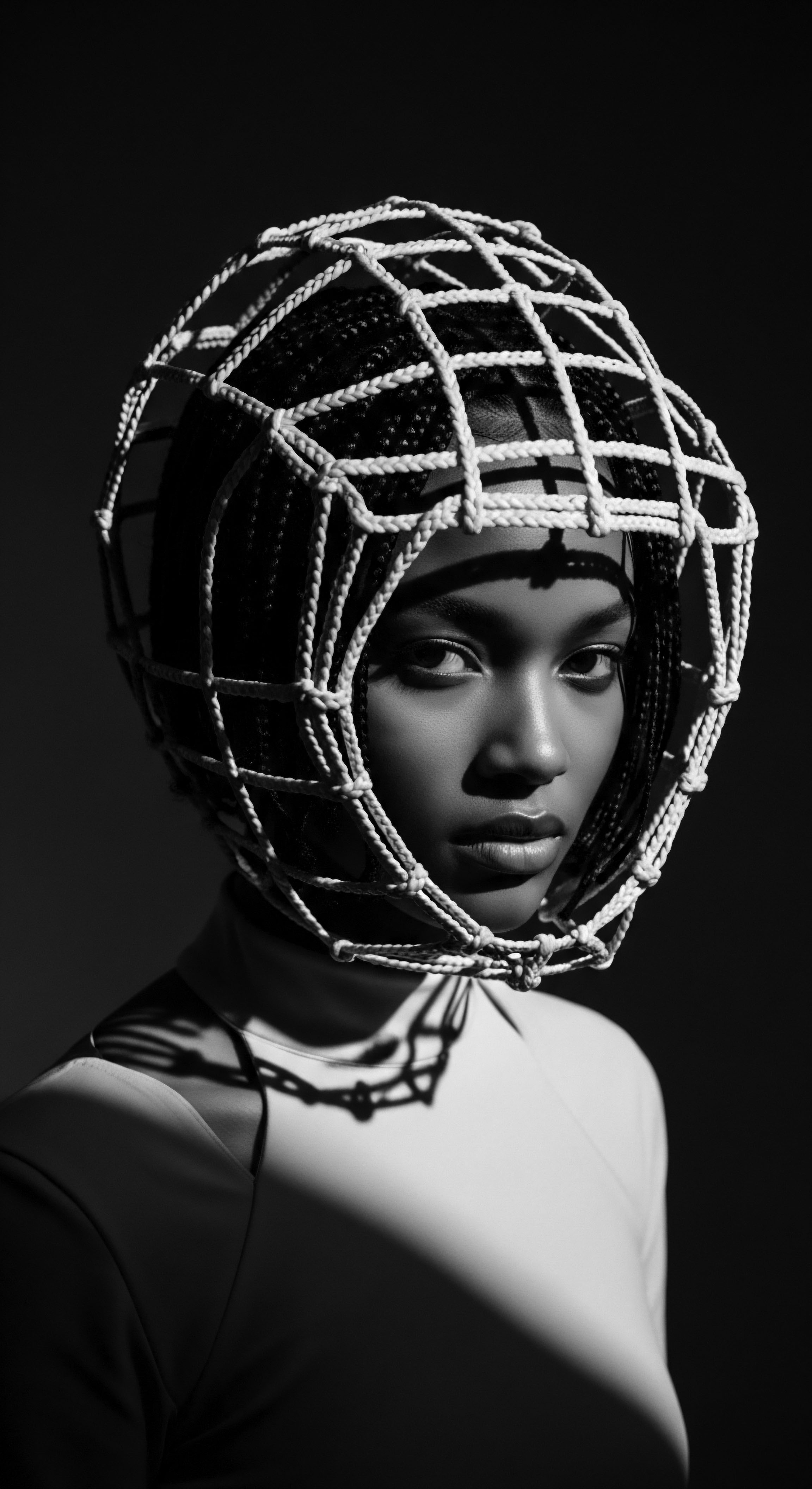
What is the earliest evidence of braided hairstyles?
The earliest braided hair appears on Paleolithic figurines from around 30,000 BCE, linking textured hair heritage to ancient human expression.

How did ancient hair practices connect across continents?
Ancient hair practices connected continents through trade, migration, and cultural exchange, deeply influencing textured hair heritage and identity.

How did ancient communities protect textured coils?
Ancient communities protected textured coils using natural oils, protective styles, and head coverings, deeply grounding care in heritage.

What ancient techniques for textured hair care align with contemporary scientific understanding?
Ancient textured hair care practices intuitively harnessed biological principles that contemporary science now validates, affirming a profound ancestral wisdom.

What historical evidence shows ancient textured hair styles?
Ancient textured hair styles, evident in art and artifacts, were intricate expressions of status, spirituality, and identity across diverse African societies.

How did ancient communities instinctively protect textured hair?
Ancient communities instinctively protected textured hair through ancestral styles and natural elements, preserving its vitality and deeply connecting to cultural identity.

What ancient cultures cared for textured hair?
Ancient cultures like Egyptians, Nubians, and West Africans carefully tended textured hair using natural oils, protective styles, and adornments, embodying a rich heritage of care.

How did ancient communities care for textured hair in dry climates?
Ancient communities used natural oils, protective styles, and minimal cleansing to safeguard textured hair in dry climates, honoring heritage.

What ancestral hair traditions connect ancient Egypt to textured hair communities?
Ancient Egyptian hair traditions reveal profound connections to textured hair heritage through shared care practices and cultural significance.

What ancient techniques protected textured hair from environmental stress and manipulation?
Ancestral techniques for textured hair protection involved intricate styling, natural ingredients, and communal care, preserving a rich heritage of resilience.

In what ways did hair reflect identity in ancient African heritage?
Hair in ancient African heritage was a profound expression of identity, status, spirituality, and cultural resilience through intricate styling and adornment.

What role did hair texture play in ancient societal distinctions and communication?
Hair texture in antiquity conveyed social standing and communicated intricate messages, deeply tied to textured hair heritage and ancestral practices.

In what ways do ancient hair practices influence modern textured hair care?
Ancient hair practices significantly inform modern textured hair care, providing foundational techniques and a heritage of holistic wellness.

What spiritual meanings did hair hold for ancient peoples?
Ancient peoples believed hair, especially textured hair, held spiritual power as a cosmic antenna, a repository of identity, and a visible link to ancestral wisdom.

How did ancient hair care routines shape social bonds?
Ancient hair routines, particularly for textured hair, served as a profound framework for establishing social bonds and preserving cultural heritage.

What specific botanicals did ancient cultures use for hair?
Ancient cultures used shea butter, henna, amla, rhassoul clay, and yucca root to cleanse, condition, and protect textured hair, reflecting a rich ancestral heritage.

How did ancient hair care reflect social status?
Ancient hair care, particularly for textured strands, served as a deep declaration of social standing and community identity.

